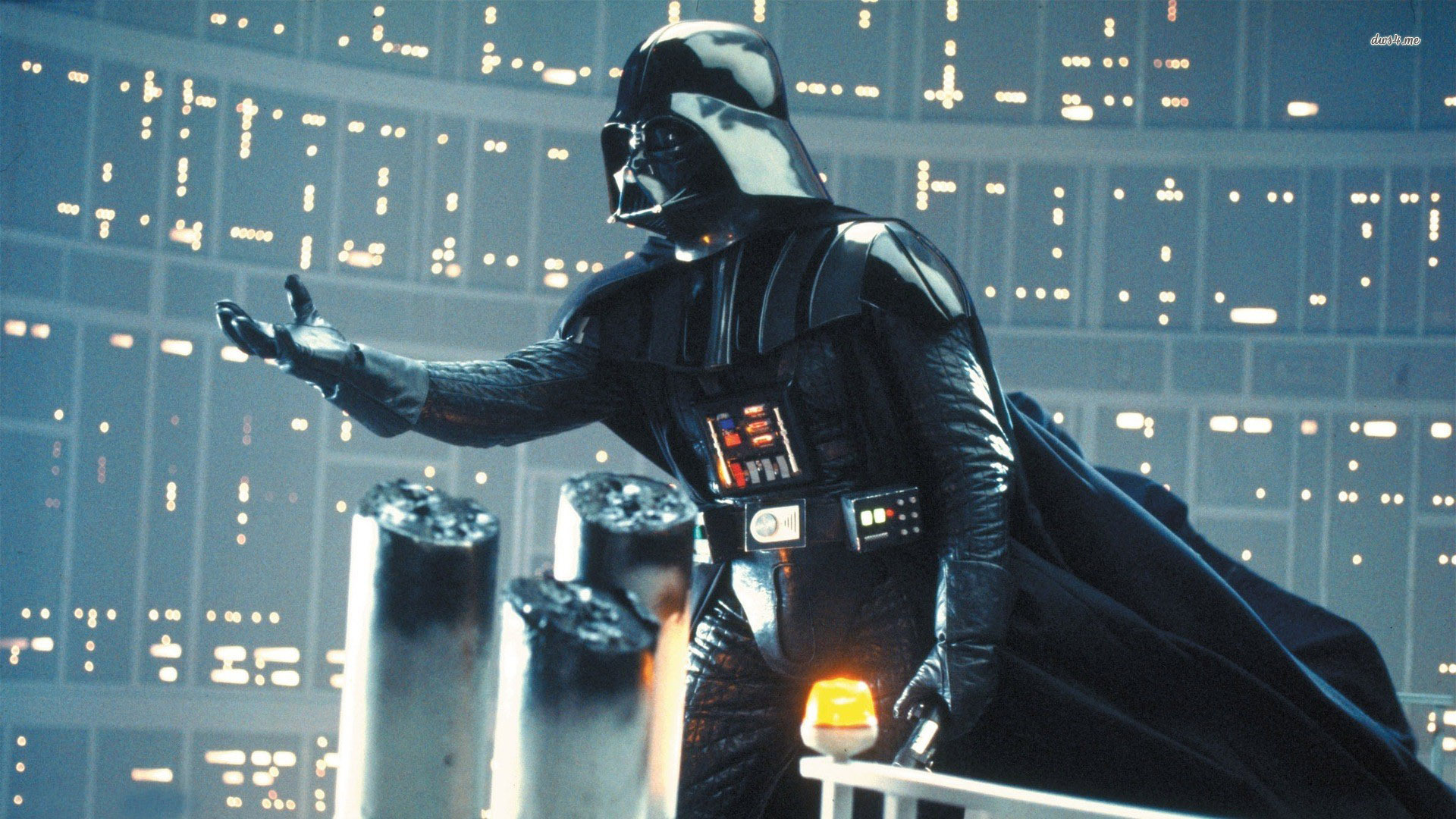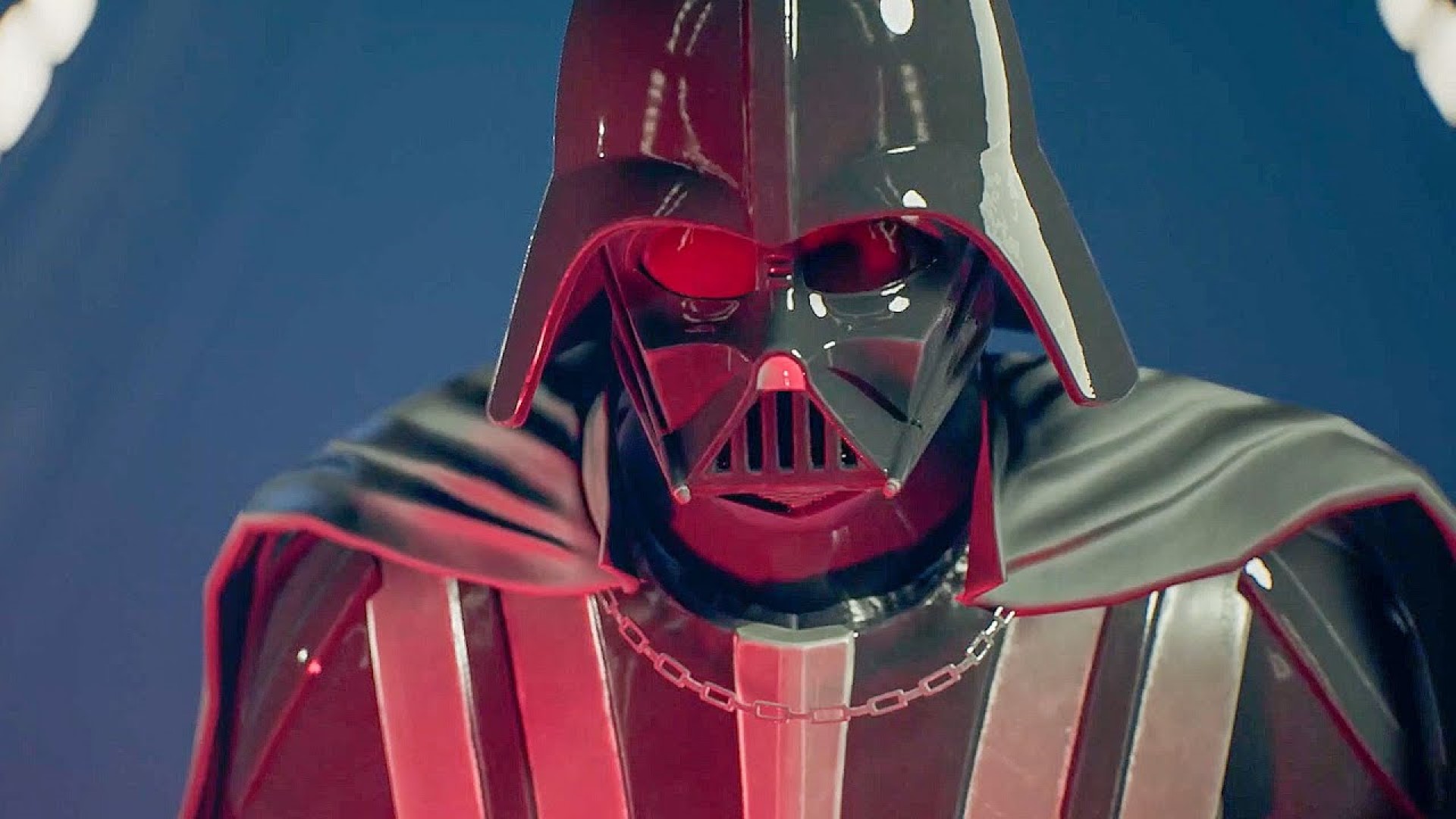Darth Vader's latest video game appearance doesn't do him justice
Sith happens

Ever since his first appearance in 1977, Darth Vader has mystified and terrified audiences. The black mask, the eerie sound of his breathing and the deep, resounding tones of James Earl Jones merged to form a cocktail of villainy that would serve to be a favorite on the pop culture menu for years to come.
Since those early days, Star Wars has become a mammoth sprawl of interconnecting stories and characters, created and curated over the course of decades. Darth Vader has enjoyed numerous iterations across almost every conceivable form of media. As my Darth Vader mug will tell you: the guy gets around.
However, bringing Star Wars’ most iconic villain into the world of video games has not been without its challenges. Developers who would make the attempt find themselves having to walk a tough line, balancing the concerns of game design on one hand, while preserving and capitalizing on Vader’s air of fear and mystique on the other.
Spoilers ahead for Star Wars Jedi: Survivor and Star Wars Jedi: Fallen Order
Star Wars Jedi: Fallen Order did a fantastic job of portraying Vader during the game’s climactic final encounter. Our protagonist, aspiring Jedi Cal Kestis, heads off on a mission to a secret Imperial base, run by the Inquisition – Vader’s body of sinister Jedi-hunters. Eventually, our hero comes face to face with the Sith Lord himself, a setpiece that plays out, not as a traditional boss battle, but as a frantic scramble for survival.
Plot armor doesn’t seem so far-fetched on Vader, because it is right that the Sith Lord be unkillable
As Cal runs for his life, Darth Vader follows, warping the environment itself with his immense power. Let him catch up, and he’ll cut you to ribbons – it’s a no contest. Vader simply isn’t someone you can beat through conventional means of attack. Ordinarily, one might balk at seeing a villain that you know cannot be killed because the manner of his death has already been determined by the established story. However, plot armor doesn’t seem so far-fetched on Vader, because it is right that the Sith Lord be unkillable.
In Star Wars, Darth Vader is the nightmare, the ultimate boogeyman. As an absolutely corrupt individual, he wields absolute power. It’s chilling stuff, but it makes for an effective storytelling tool, ensuring that Cal’s eventual escape from the Inquisitorial base becomes all the more relieving and cathartic. In short: it’s Vader done right.
Sign up for breaking news, reviews, opinion, top tech deals, and more.
Unstoppable force

In the wake of Fallen Order’s glorious chase sequence, it came as some surprise that Darth Vader would make a return in Star Wars Jedi: Survivor. He does so during a particularly climactic and thrilling setpiece, where Cere, Cal’s old teacher, is fighting off the Empire as she defends her holdout on the remote desert moon of Jedha.
Cere has been attempting to rebuild the Jedi Archives, lost during the Purge. As she moves to the archive room to protect this precious knowledge, she is confronted by none other than Darth Vader.
It is thematically powerful to have Darth Vader play the role of a literal book burner, however, the encounter’s design leaves much to be desired, especially in the shadow of Fallen Order’s success in this regard. When Darth Vader clashes with Cere, it takes the form of a conventional boss battle. The terrifying power and fear afforded to Vader in the first game melts away, as he is brought down to the same level as Survivor’s other principal antagonists.
It is thematically powerful to have Darth Vader play the role of a literal book burner
By this process, he is diminished, and feels like at threat that Cere could, concievably handle. It isn’t a “staged” boss fight, where the player is intended to lose, rather we, the player, defeat Vader, only for the Sith Lord to kill Cere during the following cutscene. This feels jarring. Not only is Vader demystified, but we do not even get to enjoy the fruits of our labour. Instead of a tragic climax to Cere’s doomed attempt to defend her home, we are, instead, left with feeling of dissatisfaction, and a distinct of catharsis.
Immovable object

The setpiece feels underwhelming because Vader is best when he is able to fulfill his role as a sort of primal boogeyman; a specter of darkness whose power is unassailable. The struggle of the Rebel Alliance is timelessly compelling, partly because of the asymmetric nature of its conflict with the Empire. Vader embodies this asymmetry by welding a terrifying amount of physical and metaphysical power.
Take Rogue One: A Star Wars Story for example. At the close of the film, a group of rebel soldiers desperately struggle to get the Death Star plans out of Vader’s clutches. The soldiers frantically flee down a dark corridor as Vader mercilessly slaughters them, with all the callous triviality one might expect. It’s a brutal scene and indicative of how best to use a character like Darth Vader.
This is not to say that Star Wars Jedi: Survivor’s story falls flat – far from it. The game tells an occasionally meandering, yet ultimately, satisfying tale which wrestles with difficult ideas about resisting authoritarian powers at the expense of the self. I very much enjoyed my time with it.
Survivor’s treatment of Vader was certainly a misstep
However, Survivor’s treatment of Vader was certainly a misstep. When it comes to building a Star Wars story, Darth Vader is most effectively used as an insurmountable enemy, creating a sense of fear, desperation, and futility for audiences and characters alike. The Darth Vader boss battle in Jedi: Survivor makes him seem mortal, removing the sense of terror that the Sith Lord cultivates when used effectively by writers. An Inquisitor could have easily fulfilled Vader’s role in the destruction of the Jedha archive; a fact that makes the inclusion of Vader seem like fanservice rather than a more considered narrative choice.
To get Vader right, it’s crucial to preserve the fear he exudes. Ironically, the more you gamify him, the less scary he becomes because the more tools and agency the player has in their encounters with him. To this end, perhaps Respawn should take a page from Yoda’s book when it comes to using the classic villain and “unlearn what they have learned”.

An editor and freelance journalist, Cat Bussell has been writing about video games for more than four years and, frankly, she’s developed a taste for it. As seen on TechRadar, Technopedia, The Gamer, Wargamer, and SUPERJUMP, Cat’s reviews, features, and guides are lovingly curated for your reading pleasure.
A Cambridge graduate, recovering bartender, and Cloud Strife enjoyer, Cat’s foremost mission is to bring you the best coverage she can, whether that’s through helpful guides, even-handed reviews, or thought-provoking features. She’s interviewed indie darlings, triple-A greats, and legendary voice actors, all to help you get closer to the action. When she’s not writing, Cat can be found sticking her neck into a fresh RPG or running yet another Dungeons & Dragons game.